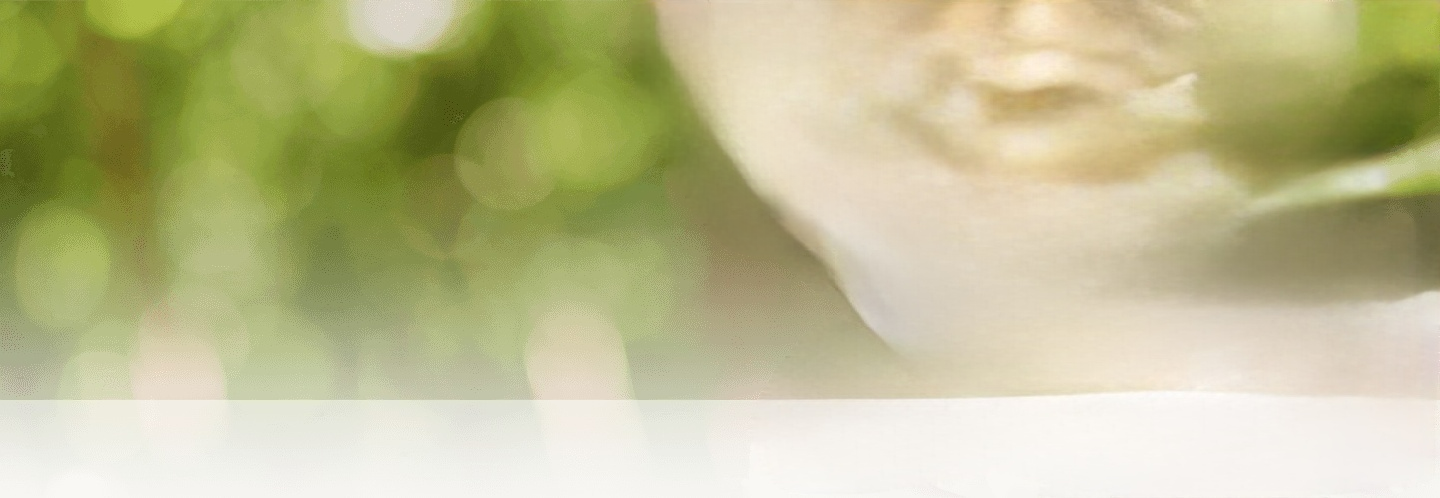Full Thickness Skin Graft Information
You will soon be having a skin graft procedure by A/Prof Damian Marucci. This involves taking some skin from one part of the body (where there is loose skin so the wound can be closed with stitches) and using that skin to resurface a different part of the body where there isn’t enough skin to stitch things back together. The skin that is moved (the ”skin graft”) should develop a blood supply in the new location
Before the Surgery
- Stay on all you regular medications including aspirin (Cartia), warfarin (Coumadin) and clopidogrel (Plavix). The ONLY exception is that if you are on blood thinners like Xarelto or Eliquis – please don’t take the ONE dose BEFORE the surgery, and then go back onto your usual dosage straight after the surgery
- You will usually be given a script for tablet antibiotics which you start taking ON THE DAY OF THE SURGERY. Take ONE tablet before you come in for the surgery. When you go home, you will take one tablet four times a day (breakfast, lunch and dinner and before you go to bed) for FIVE days
The Surgery Itself
- You will be taken into the operating room and A/Prof Marucci will draw on you to plan the surgery. This type of surgery is most commonly performed under local anaesthesia, where you are fully awake. Sometimes the surgery is performed under “sedation” – where you are made to go to sleep by drugs the anaesthetist injects and then the local anaesthetic is injected in the few minutes you are out to it. Either way, local anaesthetic is injected to make the area numb. After that, you will feel some pushing and pulling but you shouldn’t feel anything sharp. If you do, let A/Prof Marucci know and he can put in some more local anaesthetic
- The surgery is performed on two parts of the body. The part where the cancer is being removed and the part where the “skin graft” is being taken from. The most common areas where the skin graft is taken from are the collarbone area, or just in front of or just behind the ear. These wounds are usually closed with dissolving sutures
- The skin graft is sutured with dissolving stitches to the edges of the wound left following removal of the cancer. On top of the skin graft dressings containing Vaseline, gauze and foam are also stitched to the edges of the wound. These dressings hold the skin graft in place. You can go home the same day as the surgery
After the surgery
- You need to keep the area where the skin graft is completely dry until the dressings are removed a week later. The area where the skin graft came from (the collarbone area, or just in front of or just behind the ear) can get wet NORMALLY the day after the surgery. Only the area where the skin graft is needs to be kept completely dry
- The skin graft dressing will be removed a week later. Usually after that you can then get the skin graft wet in the shower every day, and apply Vaseline to the skin graft twice a day. Give the skin graft a gentle clean with your finger every time you have a shower to remove any dead layers of skin. You will need to apply the Vaseline for 4 – 6 weeks
- No swimming and no exercise for one week after the surgery. Nothing “for” exercise (you can walk – but not for exercise)
- The local anaesthetic will last for a few hours. When it wears off you might need some Panadol, but you shouldn’t need anything stronger than that
- If there is any bleeding from the wound, put firm pressure on for at least 10 minutes with clean tissues. This should stop 99% of all bleeding. Look at the clock and make sure it is a full 10 minutes. If the bleeding hasn’t stopped after 20 – 30 minutes of pressure, let the rooms or A/Prof Marucci know
- If there is spreading redness / increasing pain / signs of infection, please let the rooms or A/Prof Marucci know
- Although skin grafts are excellent for reconstructing skin loss after cancer, there are a few downsides:
- The skin graft will always be a different colour, and there is often a contour difference with the surrounding tissue (i.e. a depression where the skin graft is)
- The skin graft and surrounding area will be numb and it is variable how much sensation comes back
- Skin grafts take a month or more to settle and heal fully. Sometimes they don’t heal and a new skin graft is needed
